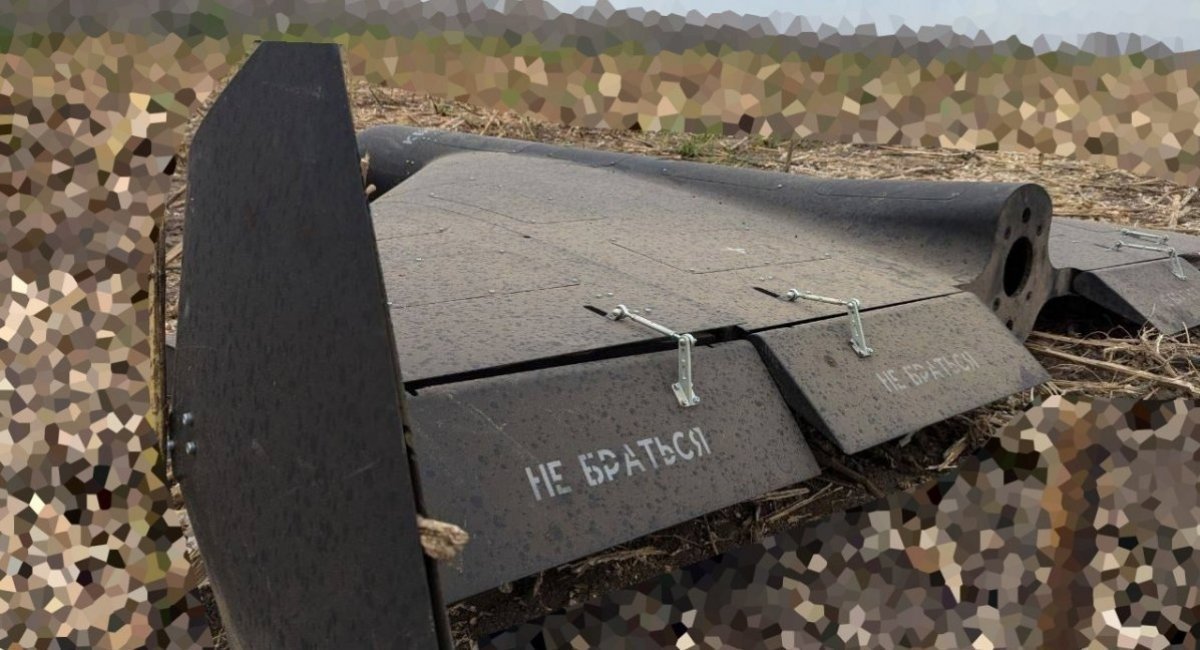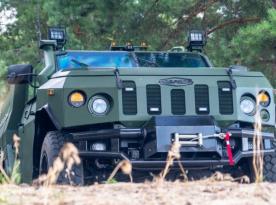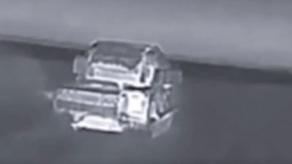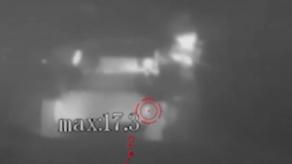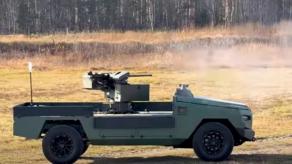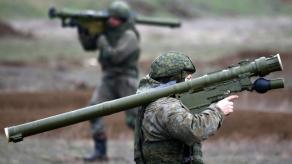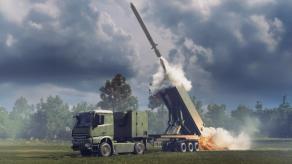Reports recently surfaced suggesting that russia has equipped its Shahed drones with AI, in addition to broader claims about significant modernization. While the narrative about supposedly “unstoppable Shaheds” originated in russian propaganda outlets, the claim about AI stems from The Economist, citing sources in a Ukrainian technical laboratory that analyzes debris from downed drones.
According to the report, newer Shahed models are said to be "resistant to Ukrainian EW" because they no longer rely on jammable GPS signals. Instead, they allegedly operate using AI-driven guidance and connect to Ukrainian mobile networks via 4G.
Read more: Exclusive: russians Arm Shahed-136 With New 90-kg Combined-Action Warheads
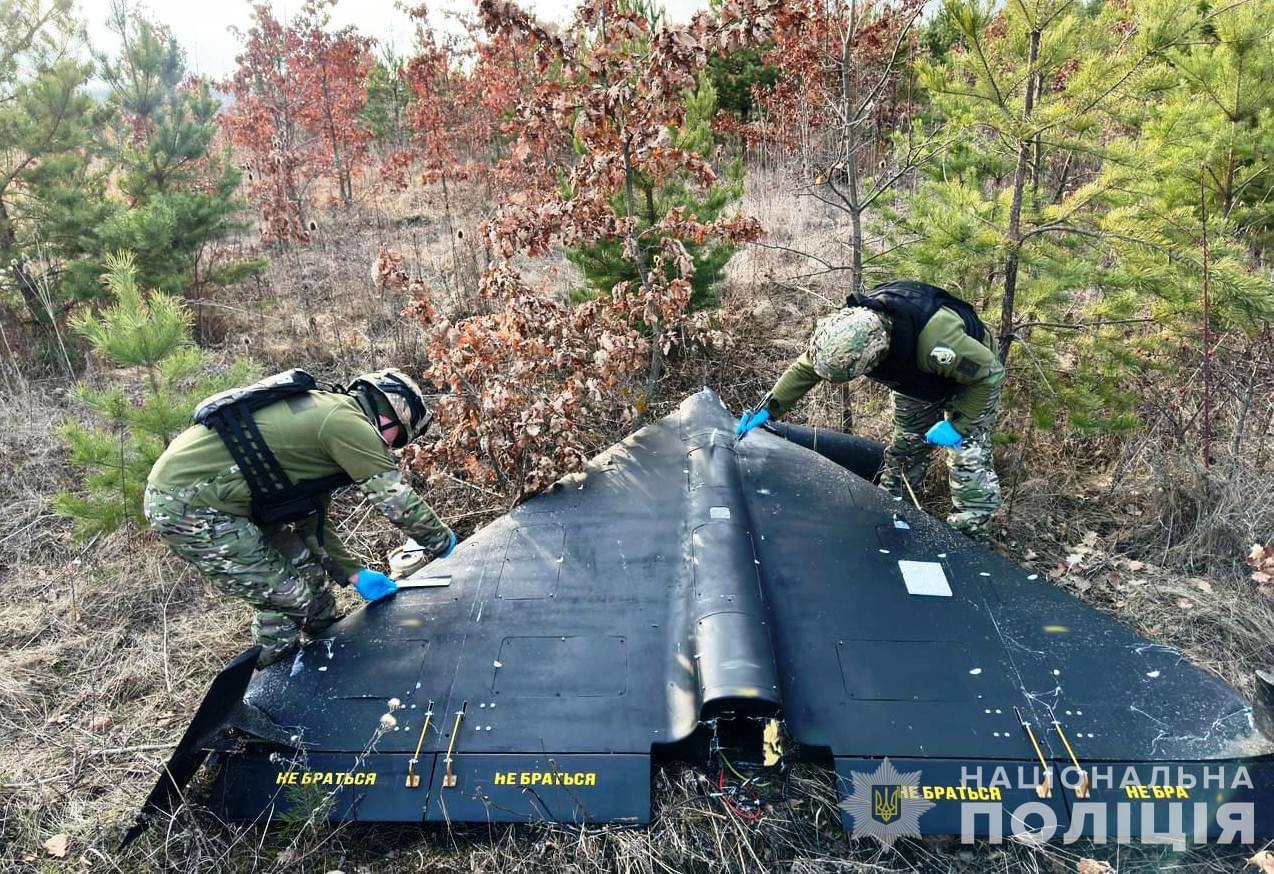
The story goes even further: one drone reportedly carried a note allegedly written by a russian engineer stating that Telegram is used to control the drone, transmitting flight data and video to an operator in russia.
However, combining AI, a 4G modem, Telegram, and a human operator receiving a live video feed paints an inconsistent and technically problematic picture. It’s likely a case where technical details from an expert source were oversimplified or misinterpreted in media reporting.
In reality, russia has been installing 4G modems on Shahed drones since at least November 2023, and camera-equipped Shaheds were first confirmed in March 2024. These features are real, but they don’t automatically equate to autonomous drones guided by advanced AI.
In short, while Shahed drones are evolving, the presence of AI remains questionable and should not be overstated without further technical evidence.
However, this has nothing to do with artificial intelligence. Unlike another russian drone that is autonomous and reportedly capable of striking targets up to 100 km away, this refers to a different platform entirely, not a long-range "deep strike" drone like the Shahed, but rather a loitering munition such as the Lancet.
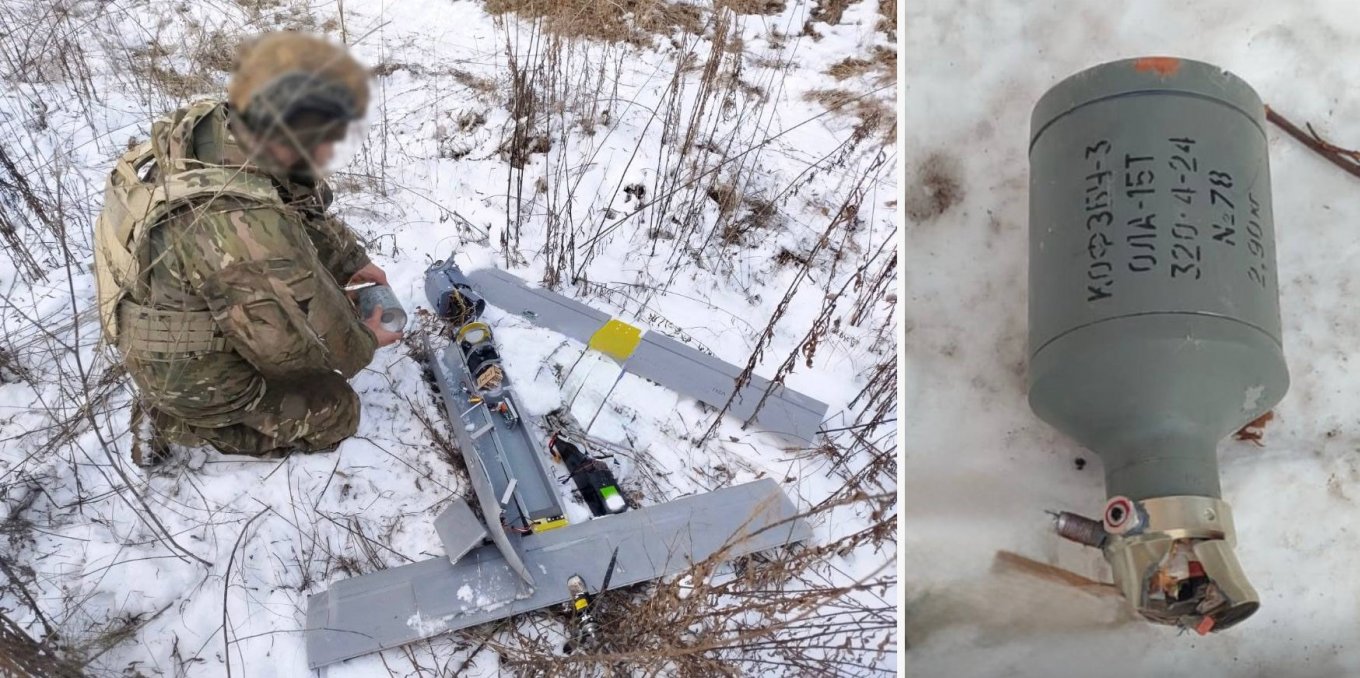
In any case, Defense Express sources report no evidence that any Shahed-136 variant is currently equipped with AI components. This doesn’t rule out the possibility that russia may be exploring such capabilities for future use, but as of now, there is no confirmed implementation.
A similar view was publicly shared by renowned Ukrainian expert Serhii “Flash” Beskrestnov. He directly stated that russia is not using Telegram to control Shahed drones, nor is it employing artificial intelligence in them. russian drones still rely on satellite navigation, and Moscow continues working to improve its resistance to jamming. This remains a constant technological arms race between Ukrainian EW systems and russian countermeasures.
As for the use of 4G modems and Telegram, these are not operational control systems, but rather an attempt to transmit flight data and coordinates via the messaging app. The likely goal is post-strike analysis: helping russian forces assess where each drone was lost and where air defenses may have failed to engage them. Ukrainian authorities are actively working to block such communication over domestic mobile networks.
And finally, there was no “note” left inside any drone. That claim appears to be fictional, or at least unsupported.
Below is the full post by the expert for reference:
Read more: Moscow's May 9 Parade to Include Shaheds on KamAZ and T-34-85 on Carriages (Video)




